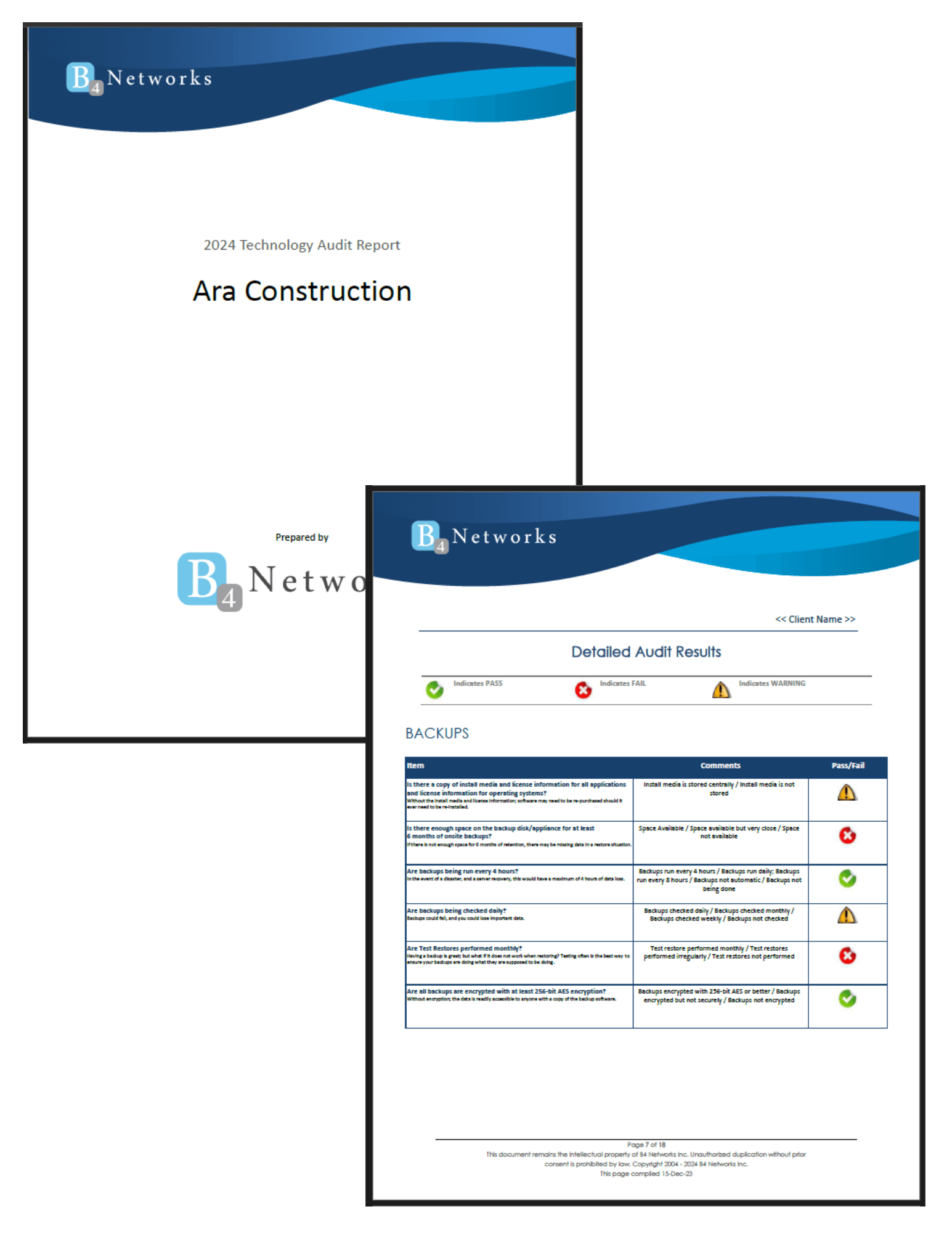Authored by: Bryan Lachapelle, President & CEO
 Today we're going to introduce a couple of different ways to improve upon your skills in empathetic engagement.
Today we're going to introduce a couple of different ways to improve upon your skills in empathetic engagement.
Firstly, avoid speaking down to others. This includes anything that can communicate blame, come across as accusing them of not having the necessary knowledge, or positioning yourself as the fault finder.
- Rather than asking “are you following me?” or “does that make sense?”, instead you can try “Did I explain that clearly?” This puts the onus on you to deliver the information and not on the client to receive it. This allows you and the client time to address anything unclear and also helps the client not to feel like they can’t ask questions, or that they shouldn’t have any.
- Don’t say things like “I know this is complicated and hard to understand” – this sets the client up for embarrassment if they have questions, because you’re essentially communicating to them that they are not knowledgeable enough. If something is complicated, it is your job to break it down and make it uncomplicated.
- Instead of asking a client IF they have any questions, try asking them what questions they have.
Any communication with the client that makes them feel blamed or like they are wrong in their assessment will not be well received. Avoid statements and questions that come across like you are “above” the client or colleague.
- Attack the problem, not the person. Even if it’s super obvious that there is user error involved, or that your colleague might not know that they made a mistake, approach the solution with the issue as the center and not the person who reported it. For example, avoiding “you must have clicked a link” and instead, use “There may be a risk to the security of your device, so I am going to do everything I can to scan the device and ensure its safety."
- Position yourself as a problem solver, rather than a fault finder. Instead of telling the other person that you are going to find out who’s responsible, make sure to tell them that you are looking for a solution.
- Be aware that what you say matters most to the person who receives it. Every individual interprets messages through their unique lens of experience, emotions and contexts. Understanding the recipients’ feelings and interpretations and paramount encourages empathy. You have a responsibility to try and consider that while delivering information to clients and colleagues, alike.
In conclusion, improving your skills in empathetic engagement requires a mindful approach to communication. First, avoid condescending language that places blame or suggests a lack of knowledge on the part of the client. Instead of asking if they understand, invite feedback by asking if your explanation was clear. Avoid statements that might embarrass clients about their understanding; it’s your role to simplify complex information. When encouraging questions, ask what they are rather than if they have any.
Additionally, focus on addressing the problem, not the person. Even if user error is evident, frame discussions around finding solutions rather than assigning blame. Position yourself as a problem solver and remember that your words hold significant weight for the recipient. By considering their unique perspectives and emotions, you can foster a more empathetic and effective communication environment.
Interested in learning how to get your team Customer Experience trained? Reach out to our office at 905-228-4809 today!



